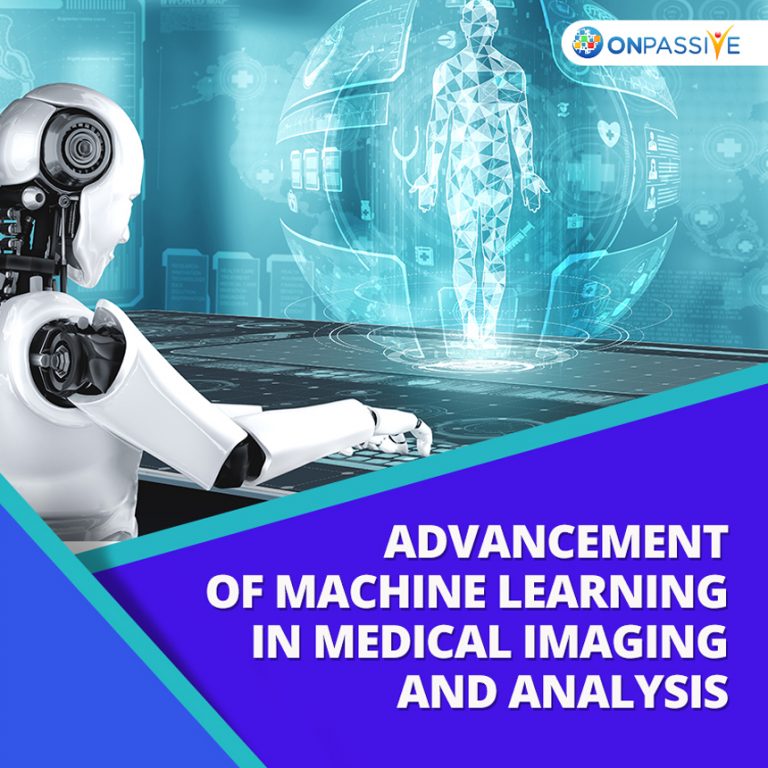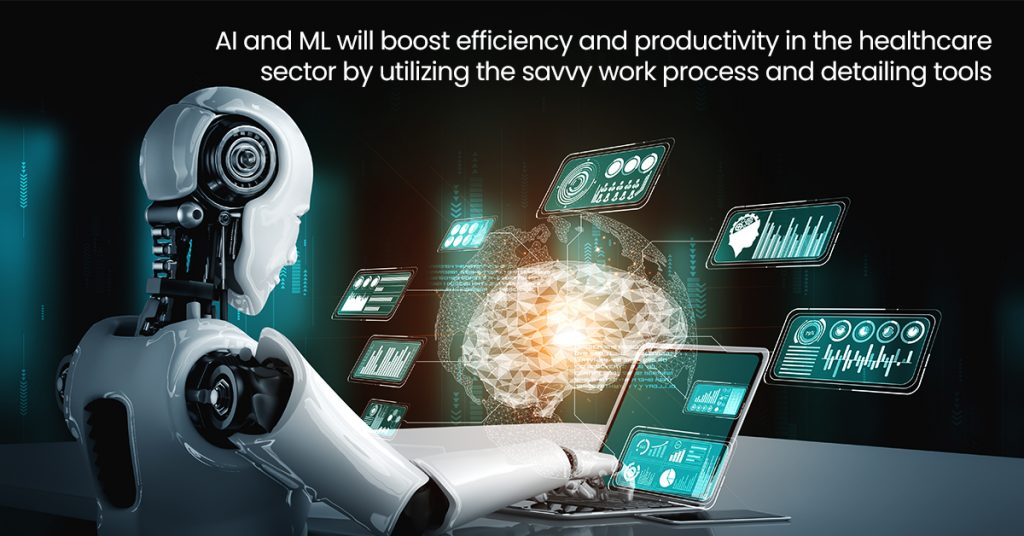
It is turning out to be progressively evident that machine learning will change numerous aspects of healthcare delivery, with imaging-enabled specialties, for example, pathology and radiology set to be early adopters.
In the coming years, clinical imaging experts will have a quickly expanding AI-enabled diagnostic toolkit available to them to help with all aspects of image interpretation from identification, segmentation, and classification to the extraction of quantitative imaging highlights biomarkers.
Notwithstanding supporting the symptomatic cycle and improving clinical results, machine learning will likewise boost efficiency and productivity from the utilization of savvy work process and detailing tools. There are additional applications for machine learning beyond image interpretation, from encouraging imaging divisions to boost their operational performance to tools that upgrade and enhance the image acquisition process, guaranteeing the best quality image is obtained for each assessment.
With the medical imaging industry toward the beginning of another rush of AI-fueled technology advancement, this is the ideal opportunity for health providers to set up an AI roadmap to guarantee they fully benefit and stay competitive.
The market for machine learning in diagnostic and medical imaging:
The utilization of machine learning technology in diagnostic imaging is by no means new. It can follow back to the last part of the 1990s when the first solutions to detect breast malignancy in mammograms entered the market.
Notwithstanding, these early solutions utilized manually crafted algorithms that required extensive clinical domain expertise and to a great extent, neglected to live up to expectations because of the high rate of false positives when contrasted with human readers.
Therefore, the utilization of machine learning in diagnostic imaging has to date been restricted. That is ready to change significantly in the coming years following the presentation of deep learning methods, for example, convolutional neural networks.
Through feature learning rather than engineering, whereby frameworks automatically become familiar with the representations required for feature detection, profound neural networks guarantee faster and more accurate outcomes.
Combined with advancements and progressions in IT infrastructure, and the accessibility of reasonable GPU compute and high-performance information storage, the pace of product development for AI-based medical image analysis is quicker than at any other time.
Market drivers and obstructions for AI and Machine Learning based medical image analysis software:

Market drivers:
- Increasing radiologist workload.
- Shortage of radiologists in numerous nations
- Discrepancies and errors in radiology practice.
- Growing utilization of imaging biomarkers and quantitative imaging in clinical practice.
- Risk stratification for the populace -based imaging initiatives.
- The increasing utilization of Al beyond image analysis includes practice management, image acquisition and quality assurance.
- The rapid pace of advancement in core infrastructure, e.g., compute, storage and networking.
- Improved performance of deep learning algorithms over early age Al.
- Smart image acquisition equipment and hardware with embedded Al.
- Massive research and development investment from a growing ecosystem of market players – including new startups, incumbent clinical imaging vendors and prominent technology vendors.
Market Obstructions:
- Relatively few products are available on the market.
- Lack of large-scale clinical approval and validation of the adequacy of deep learning algorithms in the field.
- The moderate regulatory approval process.
- Lack of real-world evidence to demonstrate the economic advantages and quantifiable profit.
- Integration in the clinical work process.
- Lack of annotated information to train and prepare deep learning algorithms.
- Long deals and usage cycles.
- The opacity of Al results because of the black-box nature of deep learning algorithms.
- Ethical and legitimate issues.
Machine learning will improve the radiology patient insight and experience at each progression
Much of the initial focus for applying AI and machine learning in medical imaging and analysis has been on image analysis and creating tools to make radiologists more proficient and productive. Similar tools will regularly enable more precise diagnosis and treatment planning or reduce missed analyses, along these lines prompting improved patient results.
Notwithstanding, AI and machine learning have a lot more extensive role in radiology beyond clinical decision-making. It can help improve the patient’s experience all through the imaging process, from the initial scheduling of the imaging assessment to the end diagnosis and follow-up.
Conclusion:
As modern radiology expands the adoption and selection of AI and machine learning to automatically decipher medical images and depict what they show, significant advantages will result, including lower costs and further steps towards automating the diagnosis cycle.
Artificial Intelligence and Machine learning are crucial to the medical industry today. Nonetheless, what it has accomplished is just the tip of the iceberg. Deep learning can computerize every nook and cranny of the healthcare and medical industry, and by expanding on this sector, it could help make healthcare affordable and accessible to all.



The prakash
3 years ago
Danka Turcar
3 years ago